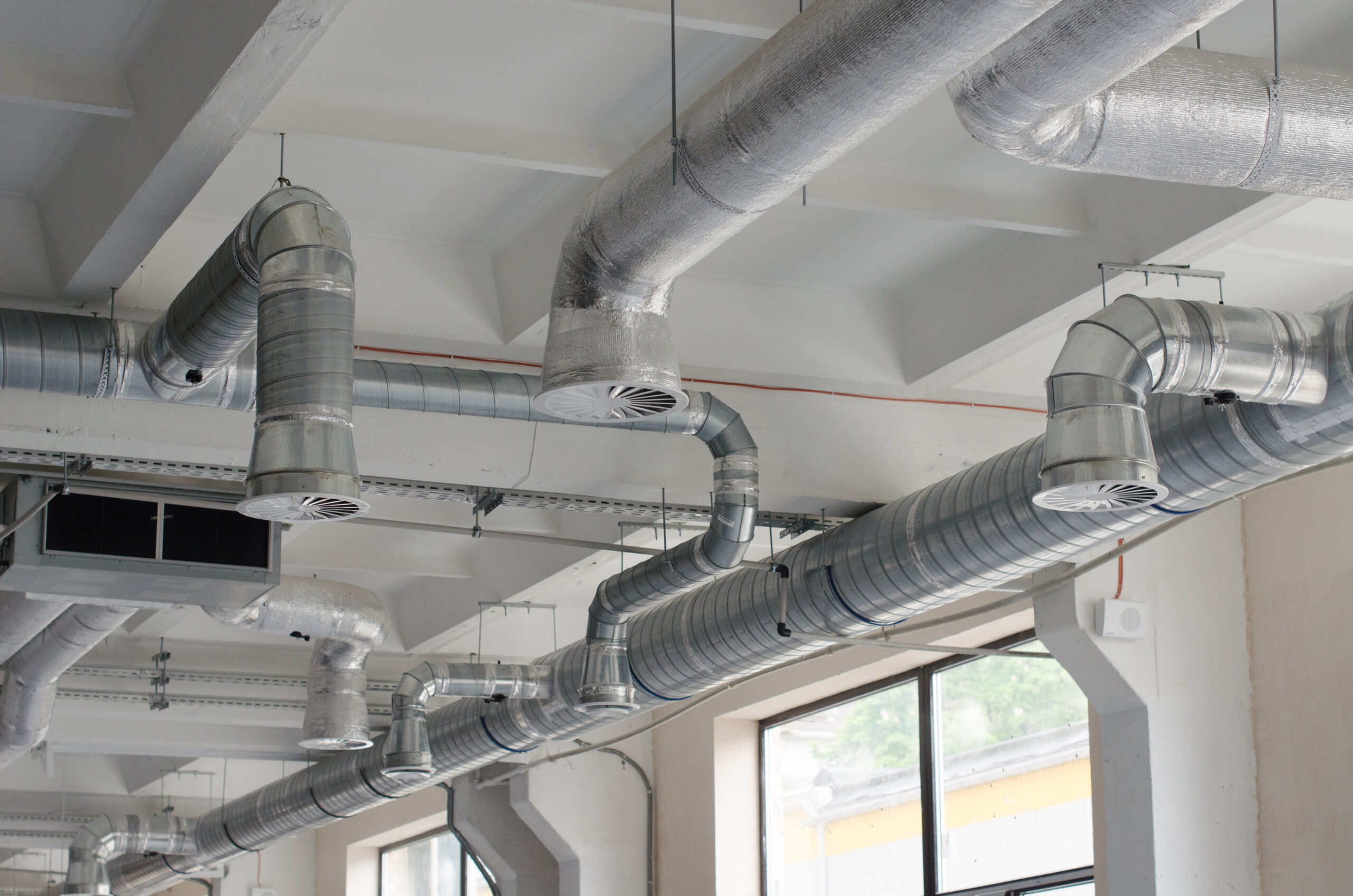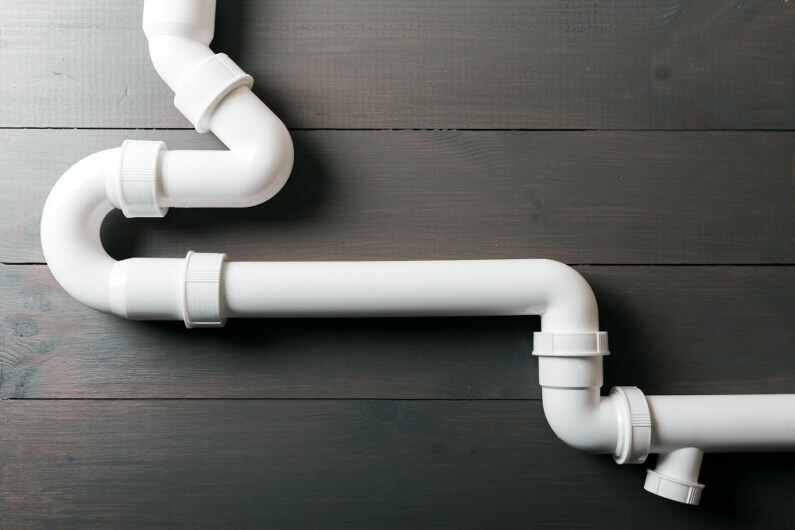We've encountered this post involving What Is a Plumbing Vent and Why Is It Important below on the internet and accepted it made good sense to quickly share it with you in this article.

Proper ventilation in plumbing systems is commonly overlooked, yet it is vital for maintaining the capability and safety of your home's plumbing. Ventilation assists manage atmospheric pressure, prevent the accumulation of damaging gases, and ensure the reliable elimination of waste. In this guide, we will discover the importance of appropriate pipes ventilation, how it works, and the benefits it brings to your plumbing system.
Understanding Ventilation in Pipes
Ventilation in pipes describes the network of pipes that permit air to move with the drainage system. These vents offer multiple functions, including managing atmospheric pressure within the pipes, preventing sewer gases from entering the home, and helping in the smooth flow of wastewater.
How Air Flow Works in Plumbing Equipments
Air Pressure Regulation
Appropriate ventilation preserves balanced atmospheric pressure within the plumbing system. When water moves through pipelines, it displaces air. Without adequate air flow, this variation can create adverse pressure, leading to slow down drains pipes or siphoning of water from traps, which can cause unpleasant odors to seep right into the home.
Protecting Against Sewage System Gas Build-up
One of the most crucial features of plumbing vents is to stop sewage system gases, such as methane and hydrogen sulfide, from accumulating within the home. These gases can present serious health dangers and are extremely flammable. Vent pipes permit these gases to escape securely outdoors.
Aiding in Waste Elimination
Ventilation assists in the efficient removal of wastewater by protecting against airlocks in the drainage system. When air can move easily through the vents, it allows water and waste to move smoothly through the pipes, minimizing the risk of obstructions and backups.
Types of Pipes Vents
Key Stack Vent
The primary pile vent, also referred to as the vent pile, is the key vent in a plumbing system. It expands from the main drain line up with the roofing system, permitting gases to escape and fresh air to get in the system.
Branch Vent
Branch vents link to the main stack air vent and serve private components, such as sinks, toilets, and showers. These vents make sure that each component has adequate ventilation to function effectively.
Air Admission Shutoff (AAV).
An Air Admission Shutoff (AAV) is a one-way shutoff that permits air to enter the plumbing system without the need for a conventional vent pipe extending through the roof. AAVs are typically used in remodellings or areas where mounting a standard air vent is unwise.
Indications of Poor Ventilation in Pipes.
Slow Draining Fixtures.
If your sinks, tubs, or commodes are draining slowly, maybe a sign of poor ventilation. Insufficient air circulation can produce a vacuum cleaner impact, making it tough for water to drain pipes appropriately.
Gurgling Seems.
Gurgling audios originating from drains pipes are frequently an outcome of air being sucked with water traps because of negative stress in the pipes. This is a clear sign of inadequate air flow.
Undesirable Odors.
Drain smells inside your home are a red flag that your plumbing system is not appropriately aerated. This could imply that drain gases are not being properly vented outside, resulting in potentially harmful conditions.
Typical Ventilation Errors.
Poor Vent Sizing.
Using undersized vent pipelines can cause inadequate air flow and stress discrepancies in the system. It's vital to utilize vents that meet the certain requirements of your pipes system.
Improper Vent Positioning.
Placing vents also far from the components they serve can reduce their efficiency. Proper positioning ensures that air can move openly and successfully with the system.
Disregarding Code Demands.
Building codes supply specific guidelines for pipes ventilation. Neglecting these codes can result in a system that stops working to operate correctly and may cause pricey repair work or carcinogen.
Advantages of Correct Ventilation.
Improved System Performance.
Correctly aerated pipes systems operate much more successfully, with less blockages, faster draining, and less strain on the pipelines. This effectiveness extends the life expectancy of the plumbing system.
Improved Air High Quality.
By stopping drain gases from entering your home, correct air flow contributes to much better interior air top quality, making your living environment healthier and more comfy.
Protecting Against Water Damages.
Sufficient air flow aids avoid water from being siphoned out of catches, which can cause sewer gases going into the home and causing water damages over time.
Actions to Ensure Correct Air Flow.
Consulting Plumbing Codes.
Constantly consult neighborhood pipes codes when developing or modifying your plumbing system. These codes give the essential standards for proper airing vent and ensure your system satisfies safety standards.
Routine Assessment and Upkeep.
Regular inspections can help identify potential air flow concerns before they become significant problems. Upkeep tasks, such as cleaning up air vent pipes and checking for obstructions, are crucial for maintaining the system in good working order.
Expert Installment.
For brand-new installments or significant modifications, it's important to employ a specialist plumber. They have the knowledge to guarantee the air flow system is properly designed and set up according to code.
Conclusion.
Proper air flow is an important part of any type of pipes system, ensuring that it operates efficiently and securely. By understanding the relevance of ventilation, acknowledging the indications of poor ventilation, and taking actions to keep your system, you can protect against pricey concerns and secure your home's air quality.
Why Proper Ventilation Is Important In Buildings
According to ASHRAE (American Society of Heating, Refrigerating and Air-Conditioning Engineers), ventilation is defined as the process of supplying outdoor air to or removing indoor air from a dwelling by natural or mechanical means. Such air may or may not have been conditioned.
It’s notable that, in addition to its meaning in the field of engineering, the term is also used in biology. Merriam-Webster defines ventilation as: the circulation and exchange of gases in the lungs or gills that is basic to respiration.
service technichian checking ventilation
At a high level, the combination of these two definitions explains why it’s so important for buildings to have proper ventilation—the health and comfort of the occupants and visitors who rely on a building’s HVAC system to make clean, conditioned air available for people to breathe. And, when a building has proper ventilation, there are many specific benefits that building occupants enjoy.
Below we explain the downside of inadequate air movement and the upside of a well-designed, optimally functioning HVAC system.
How Poor Ventilation Can Hurt Your Business
Low air quality does more than simply make a space less comfortable for occupants. It can impact a business in a variety of ways. For example, there are health risks for employees from breathing “bad” air throughout their day.
According to the Environmental Protection Agency (EPA): A number of well-identified illnesses, such as asthma, hypersensitivity pneumonitis and humidifier fever, have been directly traced to specific building problems. These are called building-related illnesses. Most of these diseases can be treated; nevertheless, some pose serious health risks and may require prolonged recovery times after leaving the building.
Even if occupants don’t become ill due to poor building ventilation, there can be other consequences. Working in a space that is too warm and humid can make people less productive, for example. And, if the conditions in a building are continually uncomfortable, it can make it harder to hire and retain employees. Plus, customers and clients prefer not to spend time in spaces that have stagnant air, which can hurt a business.
Benefits of the Right HVAC System
- Improved temperature control. In order for an HVAC system to heat or cool the air in a space appropriately, that air must flow through the heating or air conditioning system. When that movement takes place, the temperature in rooms throughout a building can be highly controlled to ensure that they don’t get too warm or too cold.
- Improved humidity control. The amount of moisture in the air plays a major role in how comfortable indoor air is. Too much, and everything from a person’s skin to work surfaces feel damp and clammy. Too little, and dry, itchy skin and excessive static electricity can be the result. Adequate ventilation enables HVAC systems to manage humidity levels more effectively.
- Increased productivity. Employees who don’t feel drowsy because of a lack of ventilation air are able to stay focused on their work, and that benefits your customers and your business.
- Reduced sick time. When employees are ill, they suffer and the company suffers. Continually requiring people to “pitch in” and cover for a sick coworker is stressful for them. It can also be frustrating for customers to have the person they typically work with unavailable. Good indoor air quality supports better health, which means your company can be operating at full capacity more of the time.
- Happier customers and other visitors. People don’t want to spend time in a building that is uncomfortable. And, unfortunately, they typically won’t tell you why they’re reluctant to visit. On the flip side, when meeting rooms and other spaces are always at the right temperature and humidity, with good air flow, customers and other visitors find it much more enjoyable to spend time at your location.
- More desirable space for potential renters. For building owners, well-ventilated space is much easier to rent than a building with stale, damp, or smelly air. All other factors being equal, renters are more likely to sign a contract for the more comfortable of two spaces.
Better Building Ventilation: Getting Started Is Easy
Especially when a building has multiple air quality problems—temperature control, humidity, odors, etc.—it can feel like resolving them is an insurmountable task or that “there’s no way to know” what’s causing all the issues. However, the truth is that there is a science to improving indoor air quality.
Our HVAC experts can take the mystery out of an air quality problem, quickly pinpointing the cause or causes and recommending a solution for resolving them. In many cases, minor repairs or enhancements to existing equipment are all that is required. And, even if the installation of new or better equipment is necessary, we can handle that efficiently and cost-effectively, as well.
In any event, the first step is contacting Timberline Mechanical to explain the “symptoms” of poor ventilation that occupants are reporting. We can then talk with you about possible causes and how we can address them. Whether you choose to schedule a project at that point or not, having some insight on the challenges you’re facing can be very helpful.
We can also discuss system maintenance best practices. Often, air quality problems can be prevented with regular service and preventive maintenance. Building owners and property managers find that the small expense of keeping their HVAC systems functioning optimally pays off in preventing costly system repairs or equipment replacement down the road.
And, of course, implementing an effective, intelligent HVAC solution in the first place is the best way to prevent problems. That’s why owners and general contractors come to us early in the building process. We collaborate with them to develop a solution that will ensure proper ventilation and excellent indoor air quality that delivers tremendous benefits for occupants and visitors.
https://www.timberlinemechanical.com/why-proper-ventilation-is-important-in-buildings/

We hope you enjoyed our part on What Is A Plumbing Vent & How Do They Work?. Thanks for taking time to read our piece of content. Sharing is nice. You just don't know, you could be helping someone out. I take joy in your readership.
Free Estimate
Comments on “The Value of Ventilation in Residential Plumbing Systems”